When it comes to amazing places, buildings, natural formations, sculptures, and more, start with three lists: the original ancient wonders of the world, the wonders of the natural world, and the new Seven Wonders of the World.
Here’s an overview of each wonder, plus virtual tours and book recommendations to learn more about each.
(Note: WeAreTeachers may collect a share of sales from the links on this page. We only recommend items our team loves!)
Seven Wonders of the Ancient World
These seven wonders were all made by ancient civilizations, all made by people (mostly slaves). Only one survives today.
Great Pyramids of Giza

David McEachan via Pexels
It’s probably the first wonder that comes to mind. The Great Pyramids are the only official wonder of the ancient world that’s still around. Built in 2560 B.C.E, they were the largest human-made structure for 4,000 years and are still pretty impressive. (They are also the only wonder to be on two lists, the ancient and the new Wonders of the World.)
Visit virtually: Virtual tour of the Giza Pyramids on YouTube
Lighthouse of Alexandria
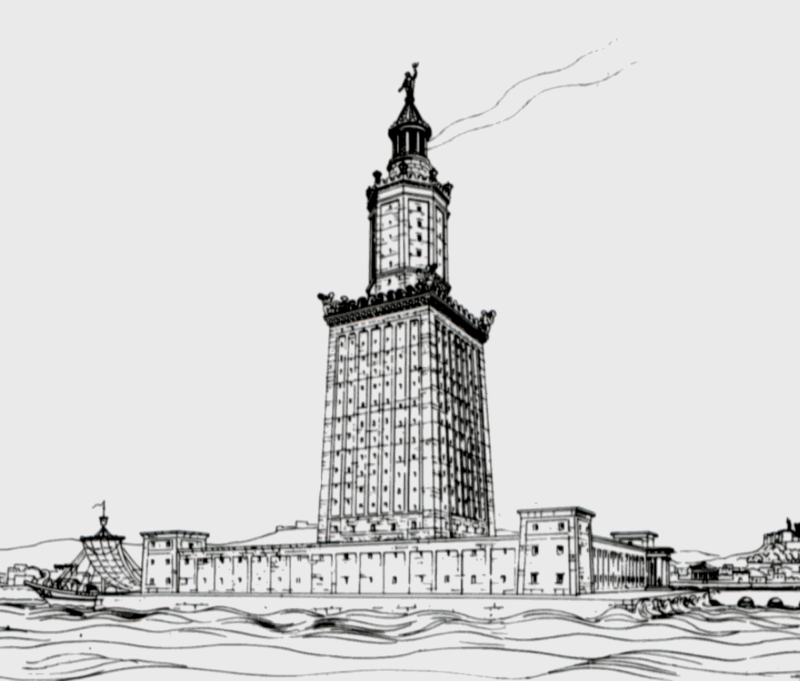
Prof. Hermann Thiersch (1874–1939), Public domain, via Wikimedia Commons
In ancient Greece, Ptolemy II Philadelphus built the Lighthouse of Alexandria. It was at least 330 feet tall and was one of the tallest man-made structures for centuries. The lighthouse was damaged by earthquakes between A.D. 956 and 1323, so it’s no longer standing.
Read more: Seven Wonders of the Ancient World by Captivating History on Amazon
Mausoleum at Halicarnassus
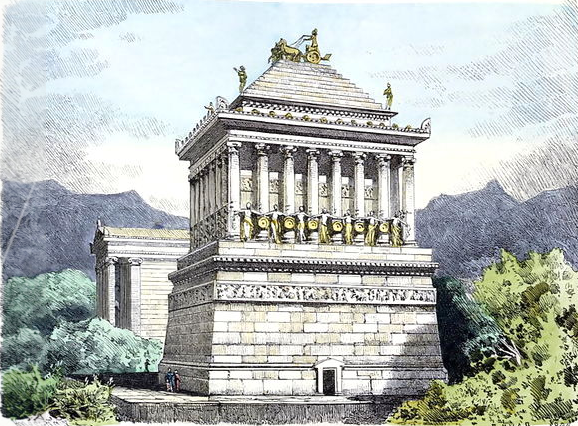
Ferdinand Knab (1834-1902), Public domain, via Wikimedia Commons
The Mausoleum at Halicarnassus was a tomb that was built between 353 and 350 B.C.E in Halicarnassus (modern Turkey). It was built for Mausolus, a governor in the Achaemenid Empire, and his sister-wife Artemisis II of Caria. The mausoleum was 148 feet tall with four sides that were each sculpted. It featured 400 sculptures and was destroyed by earthquakes between the 12th and 15th centuries. (This is also where the modern word “mausoleum” comes from.)
Read more: Seven Wonders of the Ancient World by Captivating History on Amazon
Hanging Gardens of Babylon
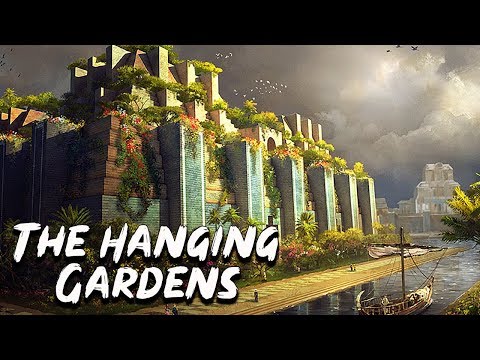
YouTube/Hanging Gardens of Babylon via YouTube.com
Maybe the most famous ancient wonder after the pyramids, the Hanging Gardens of Babylon (in modern Iraq) are described as a feat of engineering with tiered gardens in an ancient city. Imagine terraced gardens and lots of green in the middle of the desert. A lot of what we think we know about the gardens is from ancient texts, and we don’t know the exact location or if they even existed.
Read more: Hanging Gardens of Babylon by Wonders of the World books on Amazon
Visit virtually: Hanging Gardens of Babylon on YouTube
Colossus of Rhodes
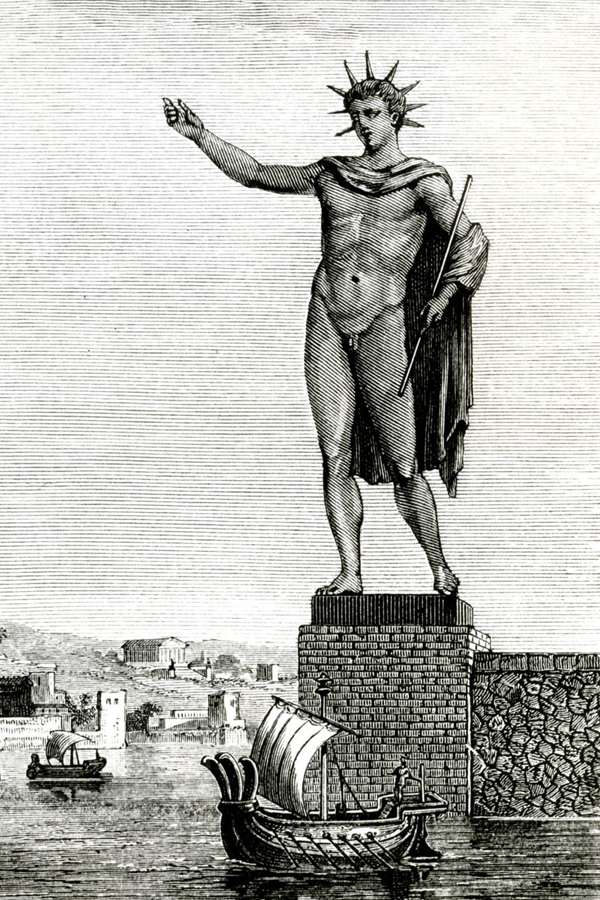
Stella maris, CC BY-SA 4.0 <https://creativecommons.org/licenses/by-sa/4.0>, via Wikimedia Commons
The Colossus was a huge (obviously) statue of the sun god Helios that stood in Rhodes, Greece. The people of Rhodes built the statue to celebrate their survival of a siege. The statue stood for 60 years, then fell and lied on the ground for another 800 years before it was melted by an invading army.
Read more: Colossus of Rhodes at DK Find Out
Statue of Zeus at Olympia
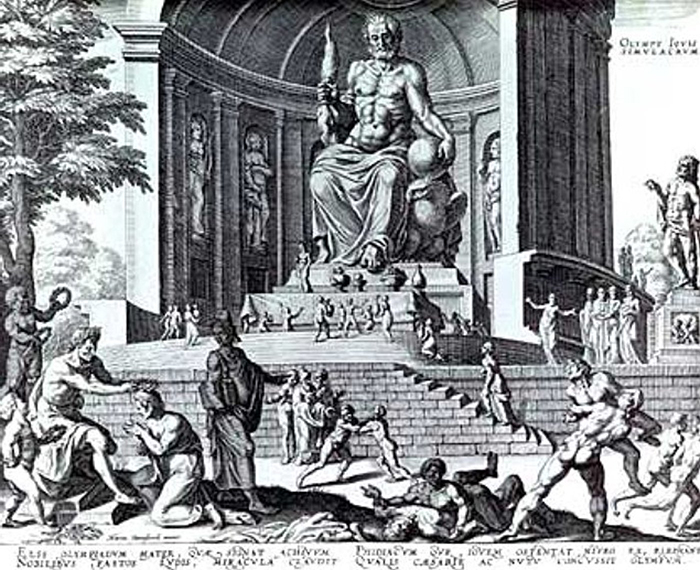
Maarten van Heemskerck, Public domain, via Wikimedia Commons
Greek sculptor Phidias created the 40-foot-tall statue of the head of the Greek god in 430 B.C.E. The temple and statue was a pilgrimage site during Roman and Greek times. Then, in the fifth century A.D., the statue burned and the temple was ruined.
Visit virtually: The Temple of Zeus at Olympia at You Go Culture
Temple of Artemis
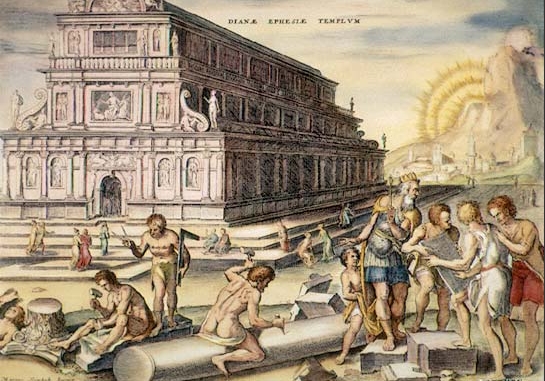
Philip Galle, Public domain, via Wikimedia Commons
The Temple of Artemis at Ephesus on the west coast of Asia Minor (today’s Turkey) was built in the 6th century B.C.E. and was double the size of the Parthenon. It was destroyed and rebuilt twice, before it was torn down for the last time in A.D. 401.
Visit virtually: Temple of Artemis Walking Tour on YouTube
Seven Wonders of the Natural World
Mother Nature boasts many marvels, and there are definitely amazing things to see on each continent, but these are the top seven most impressive, newest, or largest nature-made wonders.
Northern Lights
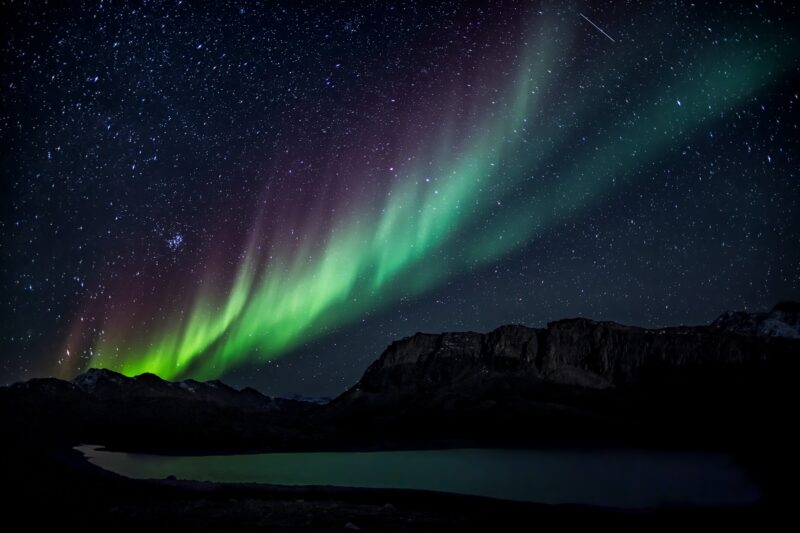
Visit Greenland via Pexels
The northern lights, or aurora borealis, are displays of light in the sky around the Arctic. It’s challenging to see them in person because they appear randomly (but they’re more likely to be seen in winter).
Visit virtually: Aurora Vacation on Lights Over Lapland
Grand Canyon
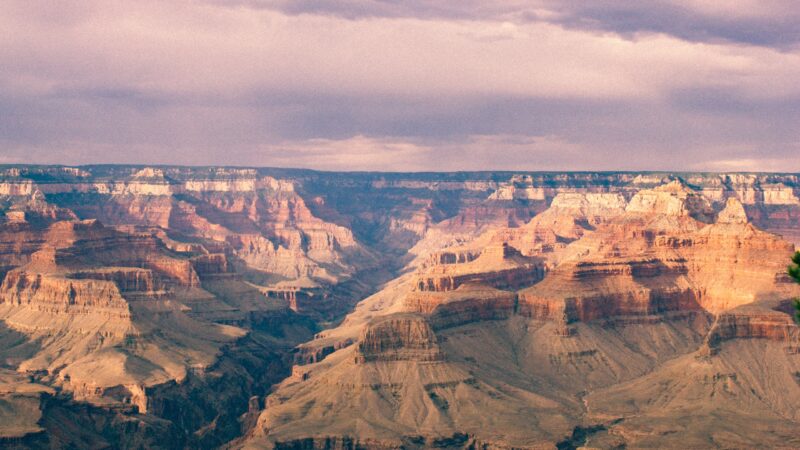
Josh Sorenson/Brown Valley via Pexels
This mile-deep, 277-mile-long canyon is the biggest and most impressive on the planet. Standing at the rim of the canyon is easily one of the most incredible views in the world—you can literally see back in time as you look down through the layers of the canyon.
Visit virtually: Google Earth or National Park Service
Victoria Falls
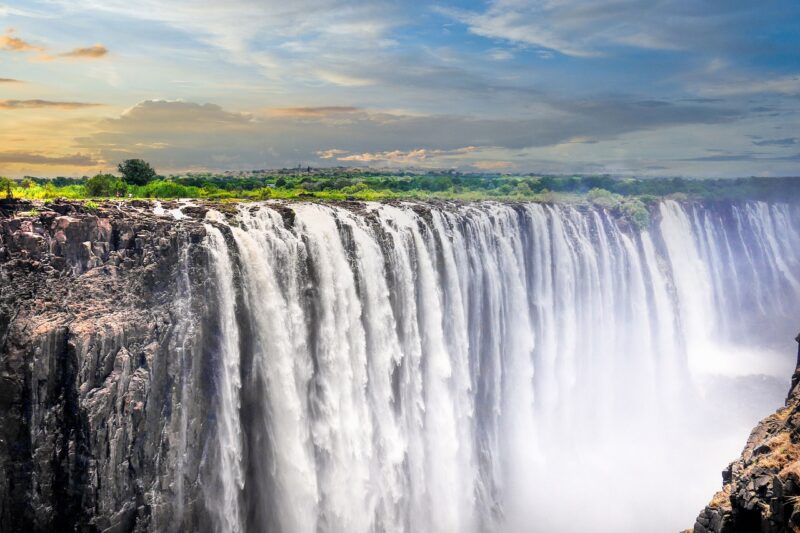
Fietzfotos via Pexels
This huge waterfall runs off the Zambezi River and has access points from both Zambia and Zimbabwe in Africa. At twice the height of Niagara Falls and with 500,000,000 liters of water flowing over it every minute, it’s the world’s largest water fall.
Visit virtually: Virtual Tour of Victoria Falls at Bush Tracks Academy
Great Barrier Reef
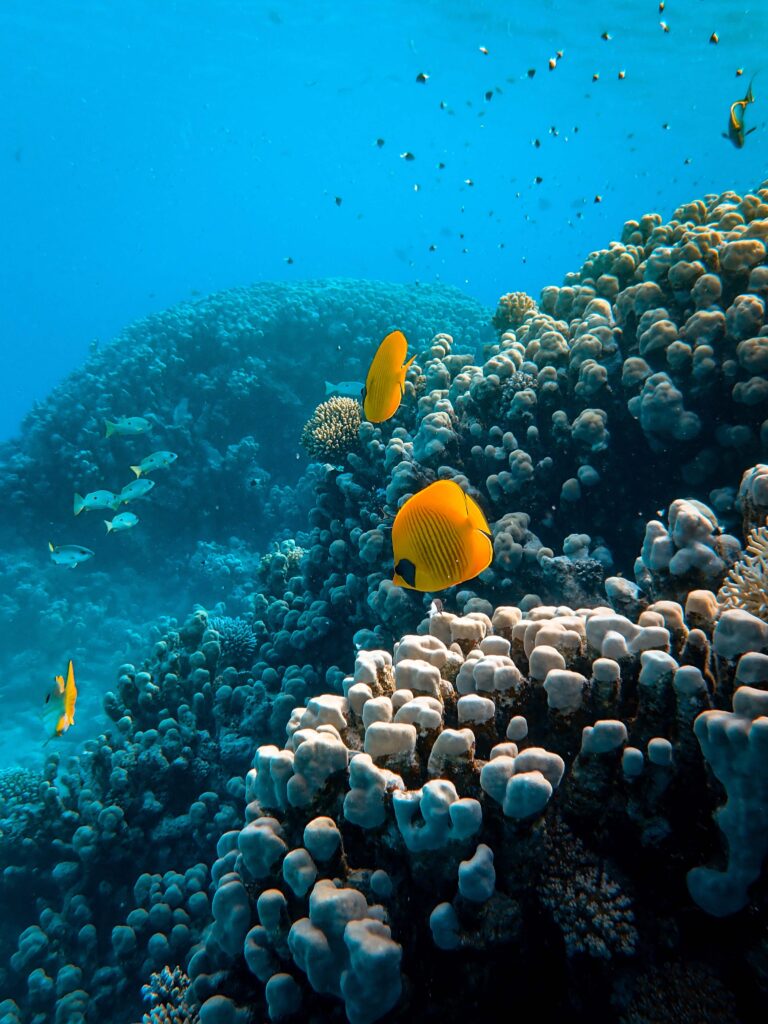
Francesco Ungary via Pexels
The world’s largest coral reef is off the coast of Australia. The Great Barrier Reef is made up of 900 islands and 3,000 separate reefs. It’s home to 30 species of whales, dolphins, and porpoises, 6 species of turtles, and more than 1,500 species of fish.
Visit virtually: Google Earth or Citizens of the Reef on YouTube
Paricutin
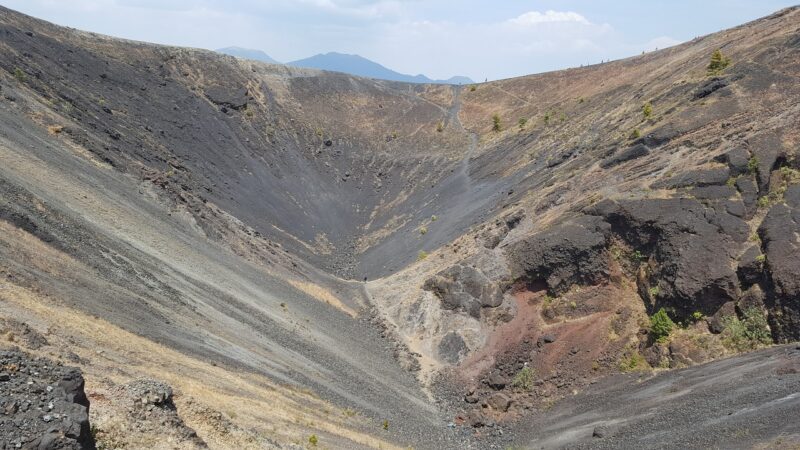
Yoliztlizama/crater of the volcano Paricutin via Pixabay
This new (relatively speaking) volcano is in Michoacán, Mexico. It last erupted in 1952 and is young enough that mankind has seen it form, grow, and change.
Visit virtually: Google Earth
Mount Everest
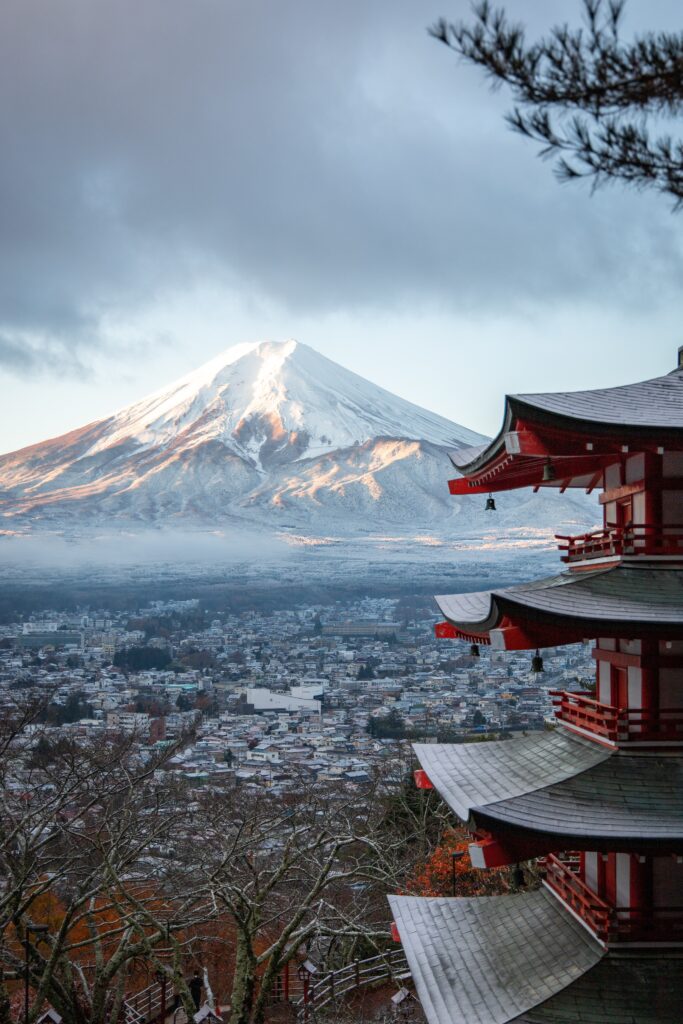
Tomas Malik/Mount Everest via Pexels
The tallest mountain on Earth (29,029 ft.) draws adventure seekers from around the world as they attempt to scale its unbelievably challenging heights. A typical trip to the summit takes 40 days, though Nepalese Sherpa climber Lakpa Gelu climbed from base to summit in just under 11 hours in 2003.
Visit virtually: Google Earth or Mount Everest 3D site
Guanabara Bay
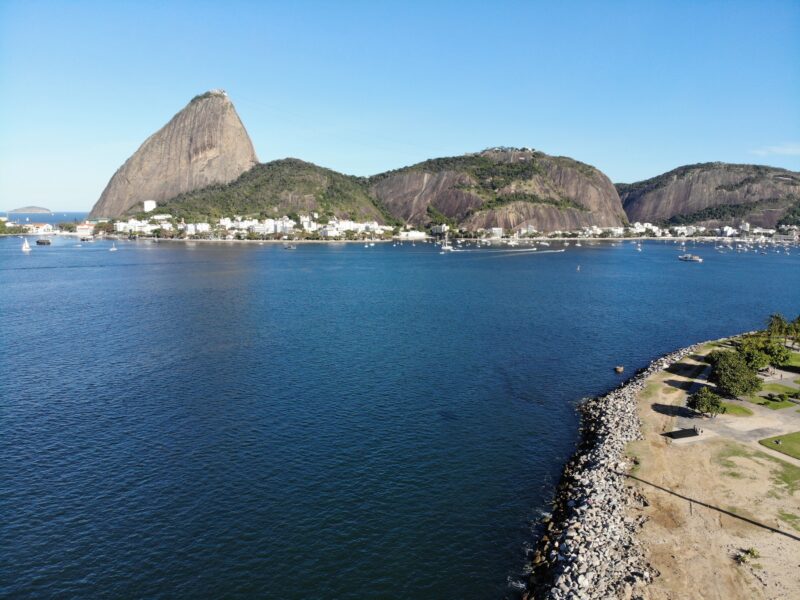
Carlos Eduardo de Meneses/Guanabara Bay via Pexels
Guanabara Bay in Rio de Janiero, Brazil, is best known for the Christ the Redeemer statue, but the real wonder is the mountain range surrounding the bay. The bay is surrounded by impressive mountains and islands, including Sugar Loaf Mountain (1,295 feet), Corcovado Peak (2,310 feet), and the hills of Tijuca (3,350 feet), not to mention the various islands (Governor’s Island, Snakes Island, Fundao).
Visit virtually: Google Earth
New Seven Wonders of the World
In 2007, Bernard Weber produced a list of the New Seven Wonders of the World. The list was due for an update as the original list was limited to wonders mostly around the Mediterranean Sea, and only one wonder (the pyramids) was still standing.
Machu Picchu
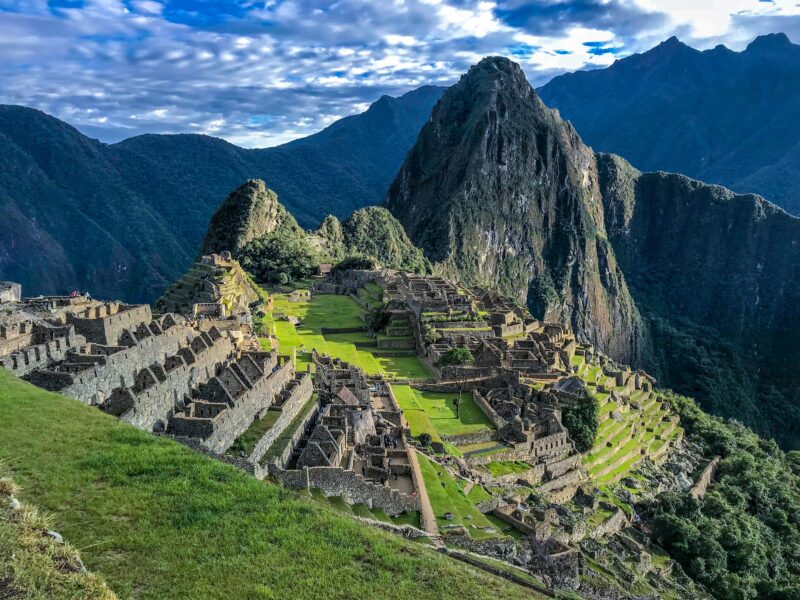
Chelsea Cook/Machu Picchu via Pexels
This ancient Incan city was set high in the Andes mountains. It was built around A.D. 1450 and contains about 150 structures, including houses, temples, sanctuaries, and more. We still don’t know exactly why the Inca built Machu Picchu (especially considering that people had to haul each stone up the mountain), although it may have been a royal estate or a ceremonial site.
Visit virtually: Google Earth or Machu Picchu Tour at YouVisit
Great Wall of China
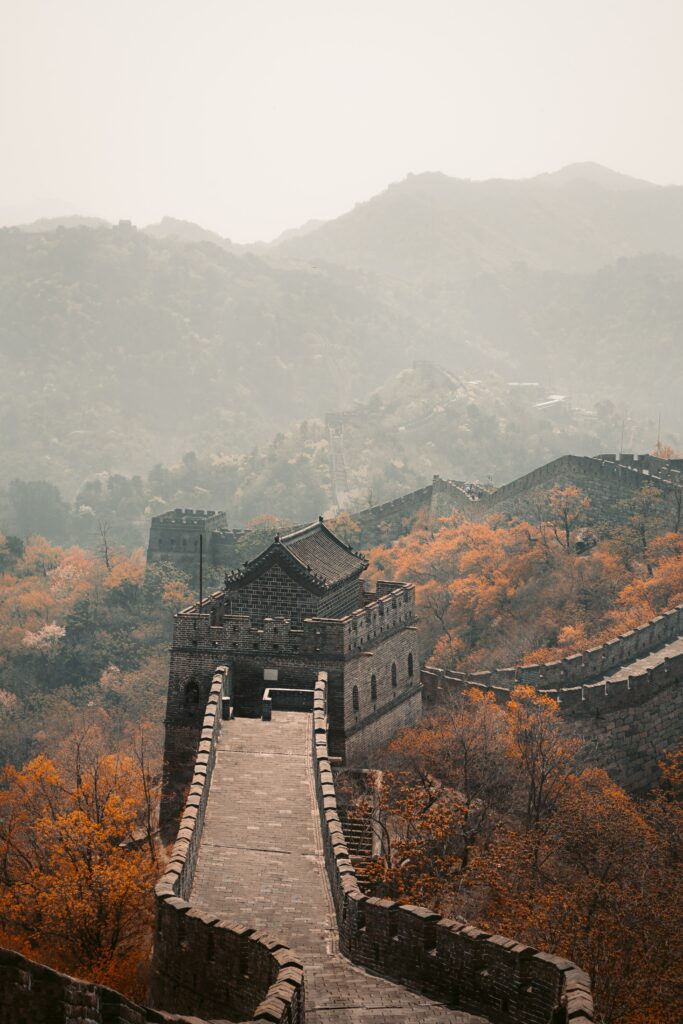
Paulo Marcelo Martins/Great Wall of China via Pexels
The Great Wall of China starts at the ocean and continues for 3,000 miles through northern China. The wall isn’t just a wall, it’s a series of walls, towers, barracks, stations, and fortresses that created the defense system for ancient China.
Visit virtually: Great Wall of China Travel Guide
Chichen Itza
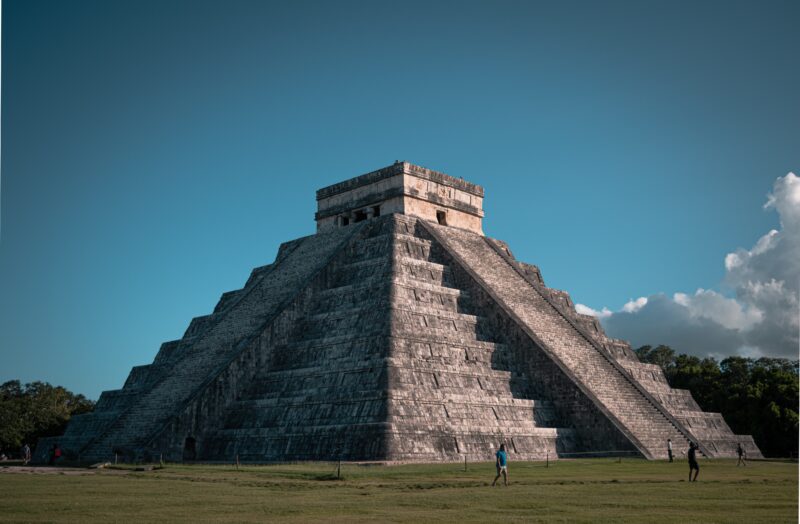
Jose Andres Pacheco Cortes/Chichen Itza via Pexels
Chichen Itza is a Mayan ruin site on Mexico’s Yucatan peninsula, estimated to have been built between A.D. 600 and 750. During pre-Columbian times, Chichen Itza was a busy, diverse city. Today, the ruins include El Castillo pyramid (at the center), a ball court, and the Temple of the Warriors.
Visit virtually: Inside Chichen Itza at History View
Angkor Wat
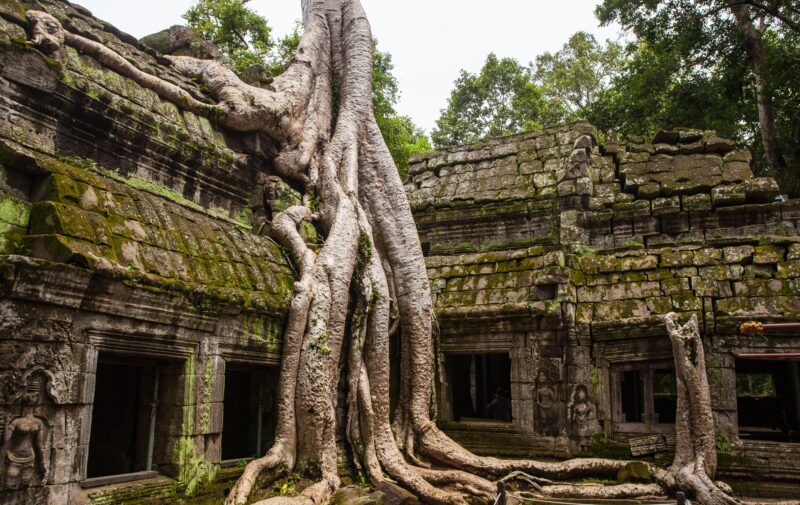
Daniel Lienert/Krong Siem Reap via Pexels
This temple complex in Cambodia is the largest religious monument in the world. Built in the 12th century as a Hindu temple, it later transformed to a Buddhist center of worship, which continues to the present day.
Visit virtually: Virtual Angkor
Petra
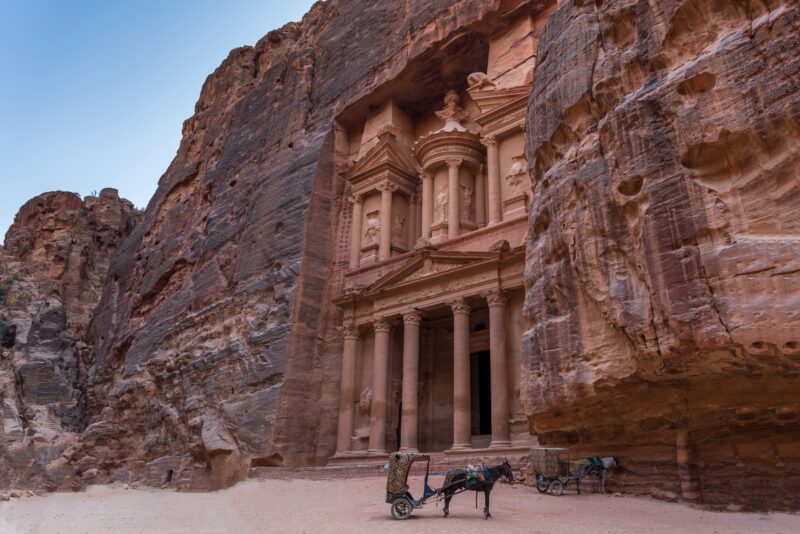
Abdullah Ghatasheh/Petra District via Pexels
Anyone who’s seen Indiana Jones and the Last Crusade knows the iconic face of Petra in Jordan, carved into the side of a cliff. The city was carved into pink stone, which led to the nickname Red Rose City.
Visit virtually: Google Earth or Petra audio tour at Google Maps
The Colosseum
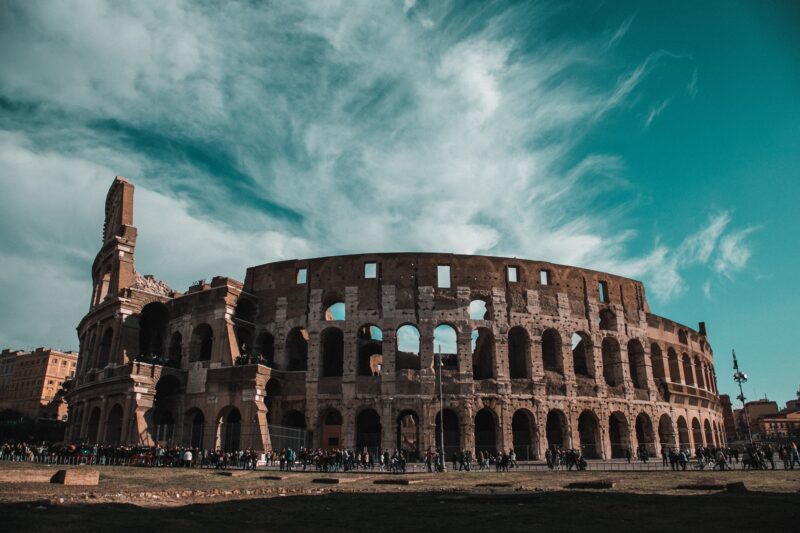
Davi Pimentel/Colosseum via Pexels
The Colosseum was built between A.D. 72 and 80. It was intended to be an amphitheater where Romans could be entertained. The Colosseum hosted executions, gladiator battles, and fights that pitted human against animal.
Visit virtually: Inside the Colosseum at The Colosseum
Taj Mahal
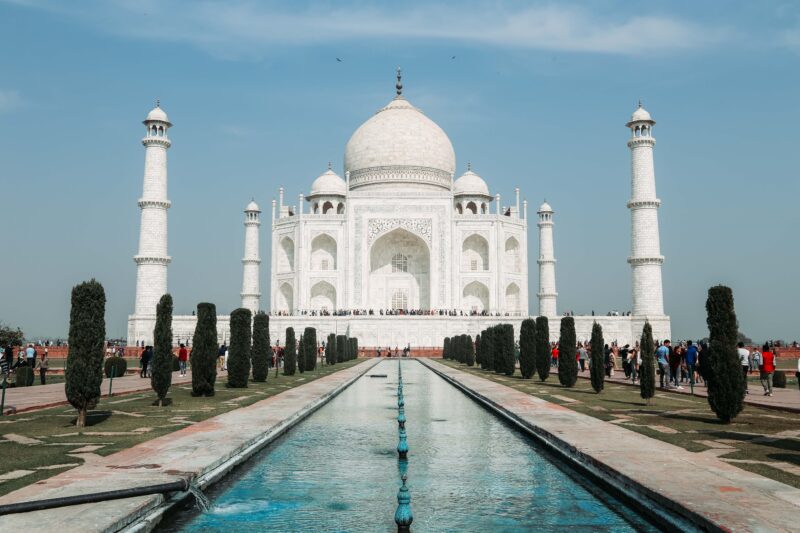
Maahid Photos/Taj Mahal via Pexels
Perhaps one of most familiar sites on the planet, the Taj Mahal was built in the mid-17th century as a tomb for emperor Shah Jahan’s favorite wife.
Visit virtually: Explore the Taj Mahal
Mount Rushmore
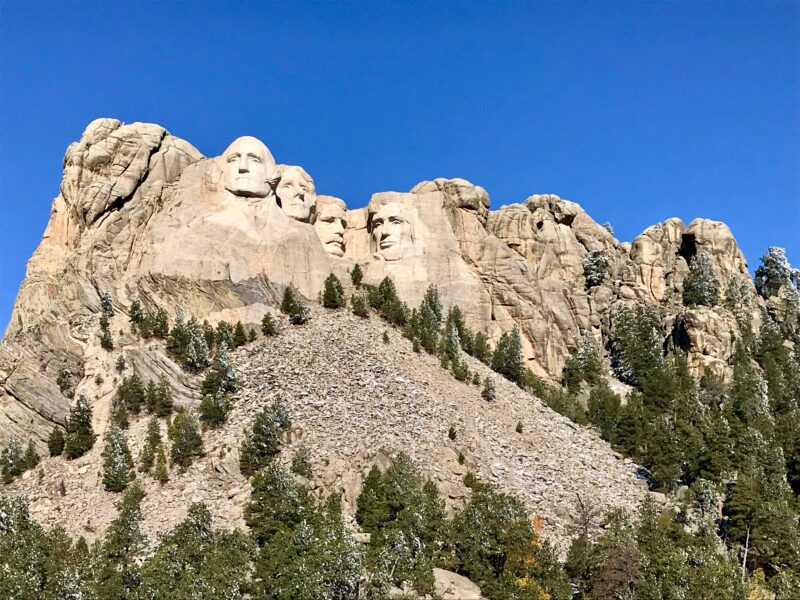
Nancy Swanstrom-Moore/Mount Rushmore via Pexels
This isn’t on the official list, but we think it’s a modern wonder. The massive faces of George Washington, Thomas Jefferson, Theodore Roosevelt, and Abraham Lincoln make up Mount Rushmore. It’s a feat of engineering as each face is about 60 feet high.
Visit virtually: Google Earth and One-Day Mount Rushmore Travel Guide at YouTube

